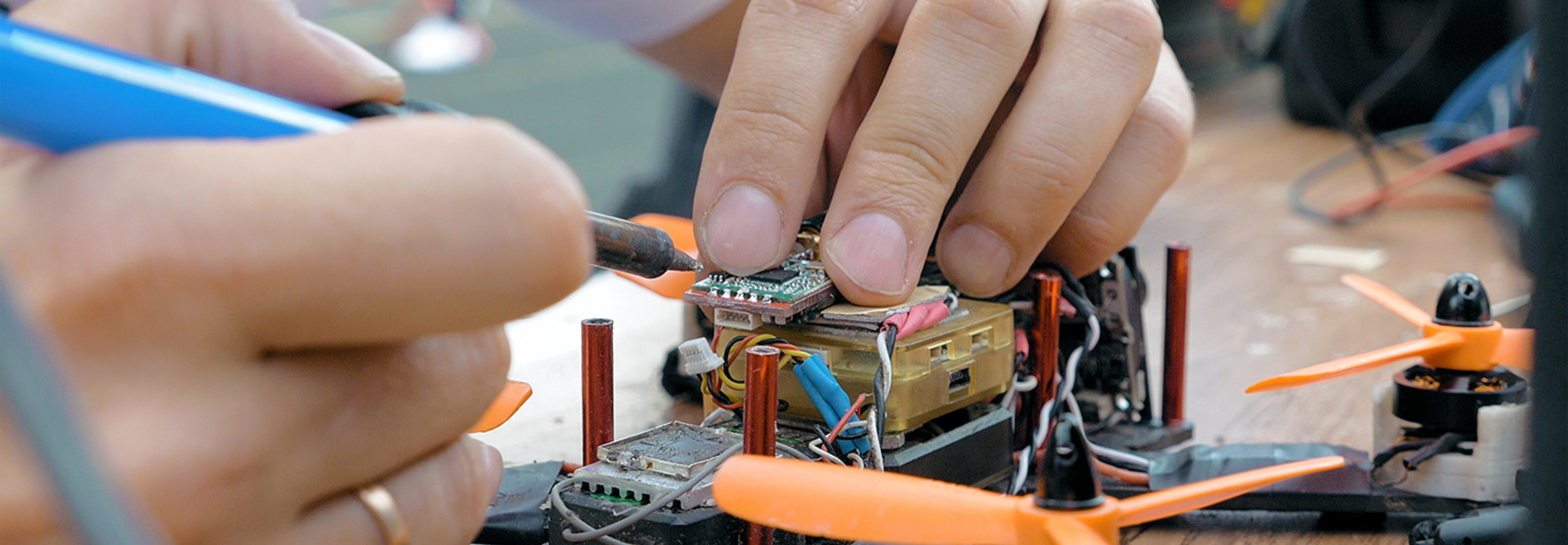Maker Movement Teaches 21st-Century Skills and Encourage Innovation
Makerspaces are quickly becoming a staple of the K–12 school environment, but with universities’ access to resources and innovative research, higher education institutions are also in a great position to drive the maker movement.
Experts at higher ed organizations, like EDUCAUSE, have touted makerspaces as a way for college students to get out of their comfort zones and play with technology to understand, in practice, theories they learn in the classroom. Makerspaces, with their emphasis on creativity and imaginative problem-solving, also tie in nicely with the growing push to instill entrepreneurial thinking — a goal valued by employers and institutions alike.
Over the next few years, I expect that makerspaces will continue to bring about innovative technology use in higher education, thanks to their unique ability to develop analytical skills and higher-order thinking.
SIGN UP: Get more news from the EdTech newsletter in your inbox every two weeks!
University Makerspaces Teach 21st-Century Skills
As makerspaces crop up at institutions around the country, each seems to have its own individual flavor and mission. I read recently about the University of Delaware, where students in 80 percent of mechanical engineering courses use the makerspace to get hands-on experience. The professors who developed the space have even won an award for their incorporation of design and creative thinking into an engineering department.
UD’s makerspace has everything from digital fabrication equipment to complex testing rigs, and it’s built for students to make mistakes and iterate using the design process.
That kind of hands-on experience with maker technology can also foster new business ideas. Case Western Reserve University had this in mind when it created think[box], a makerspace where students use tools such as 3D printers, scanners and computer-aided design software to transform ideas into products.
Case Western also decided to open think[box] to community members, with the aim of fostering local entrepreneurship.
Hands-On Creativity Encourages Innovation
Makerspaces are often the perfect place for interdisciplinary collaboration. At the University of Texas College of Fine Arts, the makerspace is all about putting the A in STEAM — science, technology, engineering, art and math. Its makerspace, The Foundry, is designed to help students explore partnerships between art and computer science: using technology to record music, create 3D-printed art, and develop apps and video games. In addition to supporting students’ creative aims, UT also hopes the space will help students stay current with digital trends in the art and entertainment industries.
The appeal of makerspaces, in part, is that they can be whatever type of space an institution wants to create: from engineering to entertainment, incorporating a wide range of technology solutions. I expect these do-it-yourself spaces will continue to flourish because they achieve that elusive goal of accomplishing several pedagogical purposes at once: They provide a practical, hands-on component that complements classroom learning and expand students’ skill sets into areas that will be prized by future employers. And, they give students a creative outlet where they can imagine, invent and experiment.
This article is part of EdTech: Focus on Higher Education’s UniversITy blog series.










